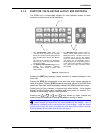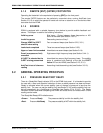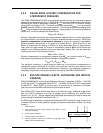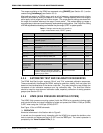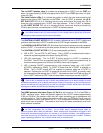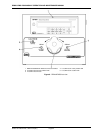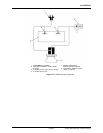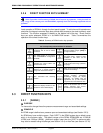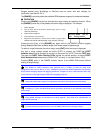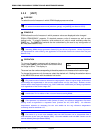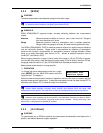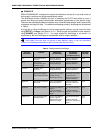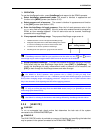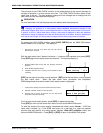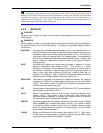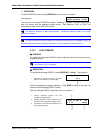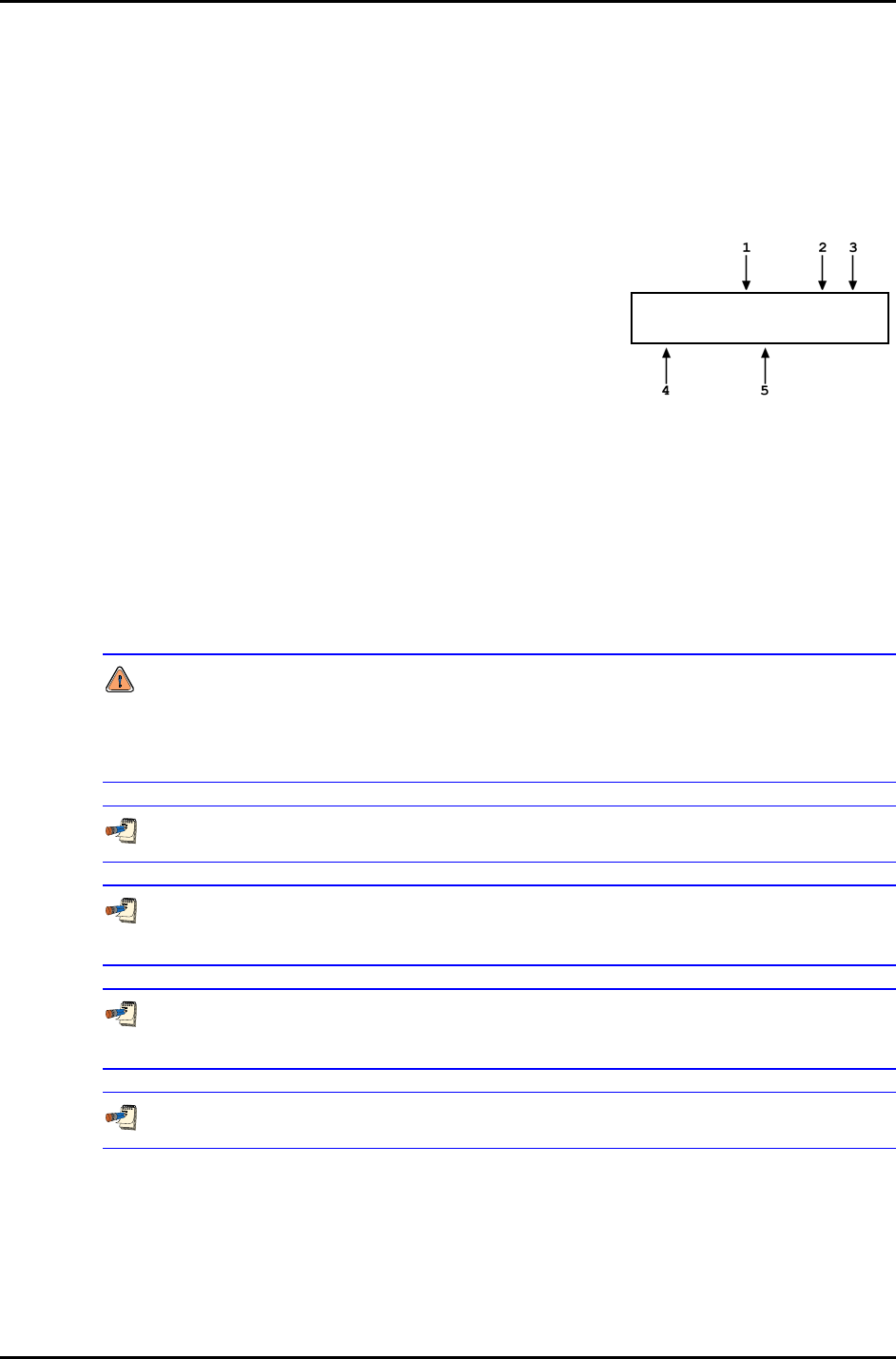
3. OPERATION
Page 25 © 2007 DH Instruments, a Fluke Company
Ranges created using AutoRange or AutoTest may be saved, with their settings, for
reactivation (see Section 3.4.1).
The [RANGE] function key allows the available RPM4 pressure ranges to be viewed and selected.
OPERATION
Pressing the [RANGE] function key activates the range viewing and selecting function. When
the [RANGE] function key is first pressed, the active range is displayed. For example:
1. Q-RPT designator.
2. Type of range. DF for the Q-RPT’s default range; AR for a range
created by AutoRange.
3. Q-RPT position designator.
4. Current pressure unit of measure.
5. Range’s full scale pressure in current unit of measure in gauge and/or
absolute measurement mode depending on type of Q-RPT and range.
Active A20M DF Lo
psi 3000g/3000a
Pressing the [+/-] key or the [RANGE] key again while in the RANGE functions toggles
through displays of the other available ranges, from lowest range to highest range.
To select a range to become the active range, press [ENT] while the range is displayed.
Any time a range change causes the active Q-RPT to change, the HPMS Lo Q-RPT
Isolation valve must be operated to connect or disconnect the Lo RPT from the TEST port.
The green Lo Q-RPT Valve Position LEDs indicate the correct position of the Lo Q-RPT
Valve Isolation Knob based on the RPM4 Q-RPT currently in use (see Section 3.2.5).
Pressing [ESC] while in the RANGE function returns to the MAIN RUN screen without
making a range change.
The HPMS Lo Q-RPT Isolation valve protects the Lo Q-RPT (3 000 psi max) from
overpressure when the Hi RPT is in use. Familiarize yourself with HPMS operation (see Section
3.2.5) before changing ranges and applying pressures. Always turn the Lo RPT Isolation Valve fully
in the direction of the lighted green LED before applying pressure.
Range full scale limits are given in the pressure unit that is currently active for that range.
Pressing [+/-] from the MAIN RUN screen provides a shortcut to a momentary view of the
active range.
Many RPM4 settings and functions are range specific. See Table 2 for identification of
range specific settings.
For best metrological performance, vent the RPM4 Q-RPT before changing ranges.



